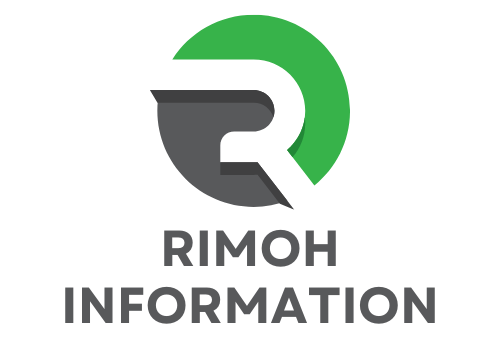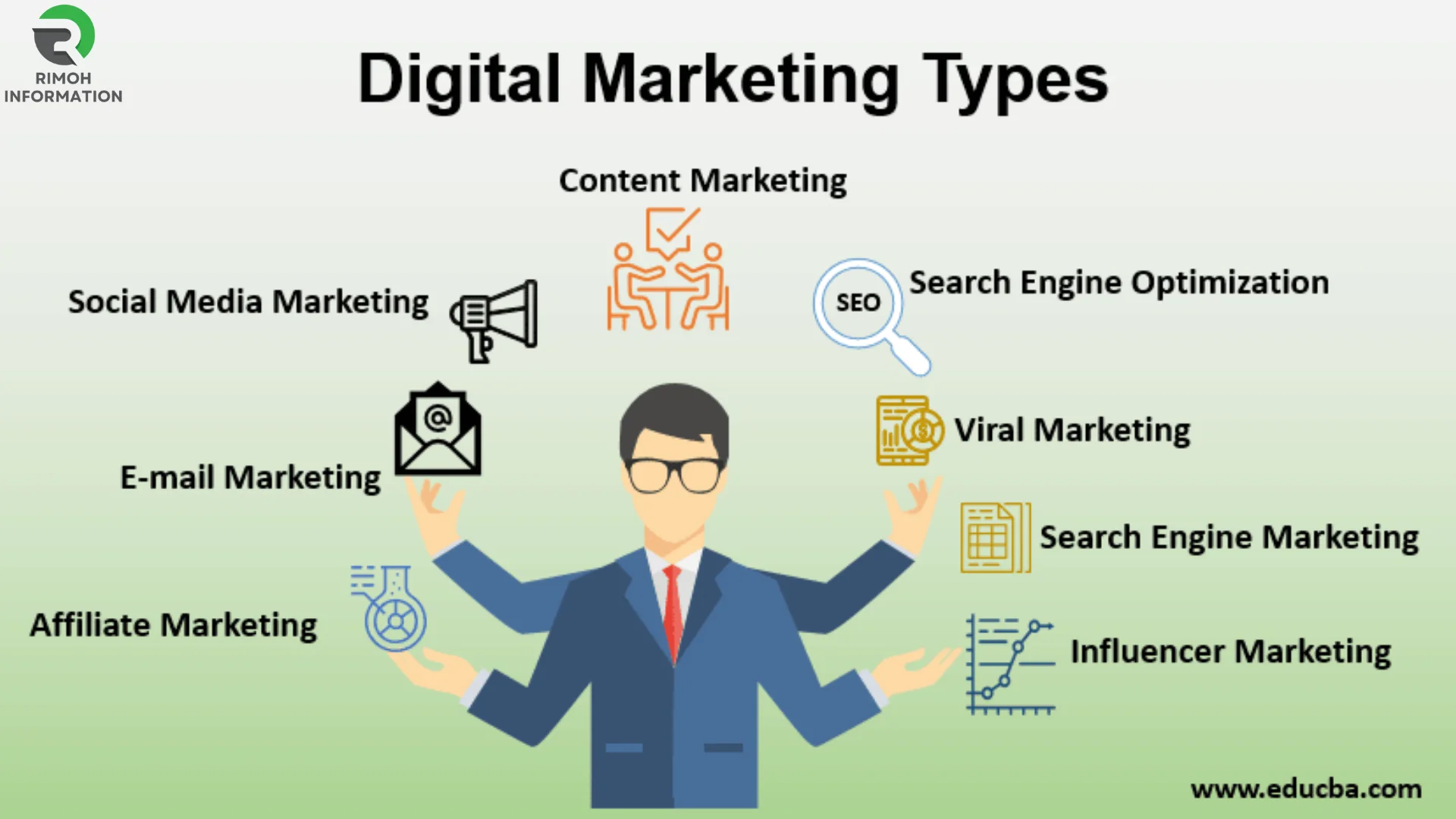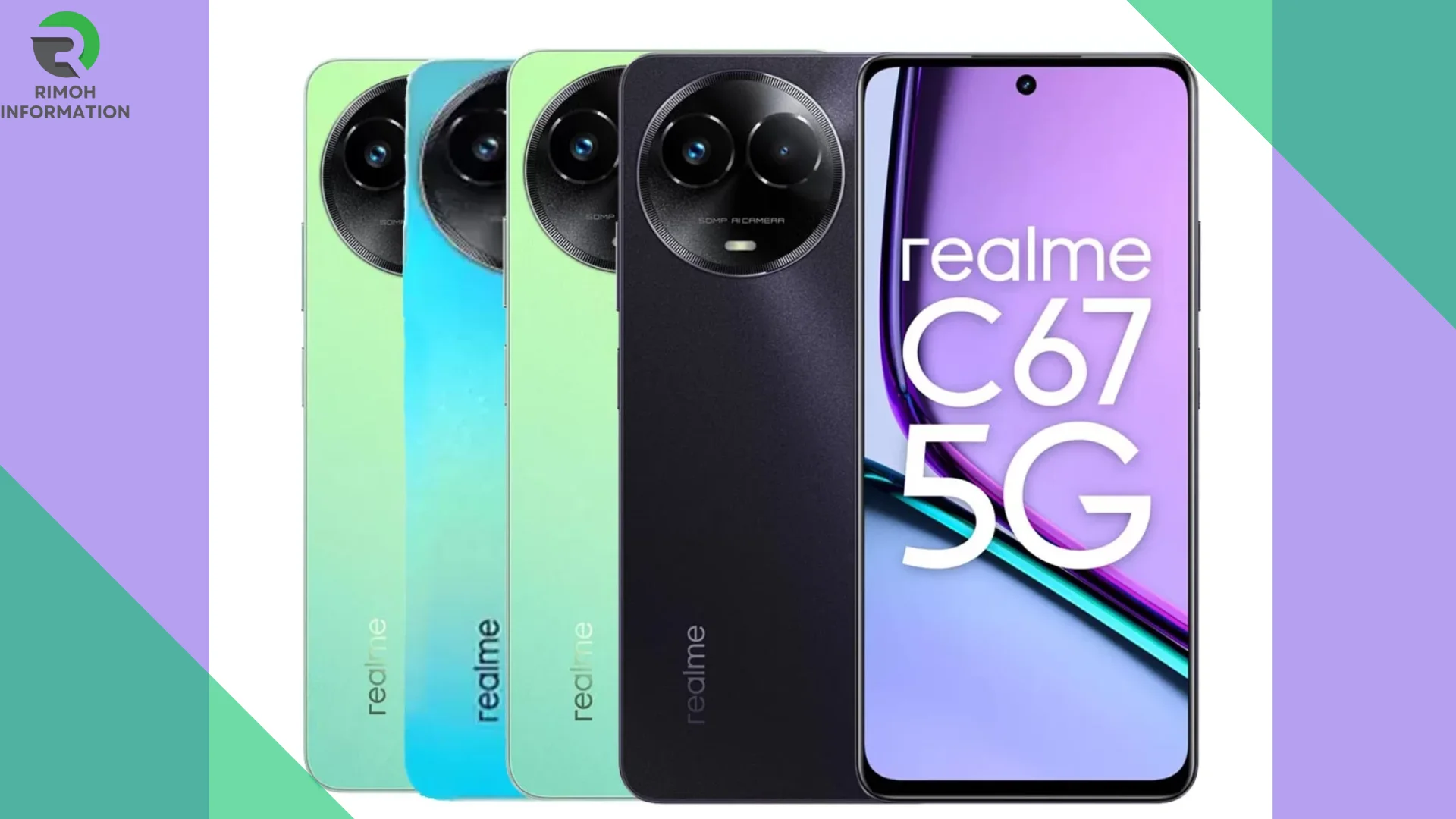Introduction to Digital Marketing
Digital marketing encompasses a wide range of strategies and tactics used to reach and engage with target audiences online. Types of digital marketing In today’s digital age, businesses leverage digital channels such as websites, social media, search engines, email, and mobile apps to connect with prospective customers and build lasting relationships. Understanding the different types of digital marketing can help businesses effectively promote their products and services in the competitive online space.
Types of Digital Marketing
1. Search Engine Optimization (SEO)
SEO focuses on optimizing websites to improve their visibility and ranking in search engine results pages (SERPs). It involves both on-page and off-page techniques such as keyword research, content optimization, link building, and technical optimization. SEO aims to attract organic (non-paid) traffic from search engines like Google, Yahoo, and Bing.
SEO is the process of optimizing websites to rank higher in search engine results pages (SERPs) organically. It involves:
- Keyword Research: Identifying relevant keywords that potential customers use in search queries.
- On-Page Optimization: Optimizing content, meta tags, and headers to align with targeted keywords.
- Off-Page Optimization: Building backlinks from reputable sources to enhance authority.
SEO aims to increase organic traffic, improve visibility, and establish credibility among search engine users.
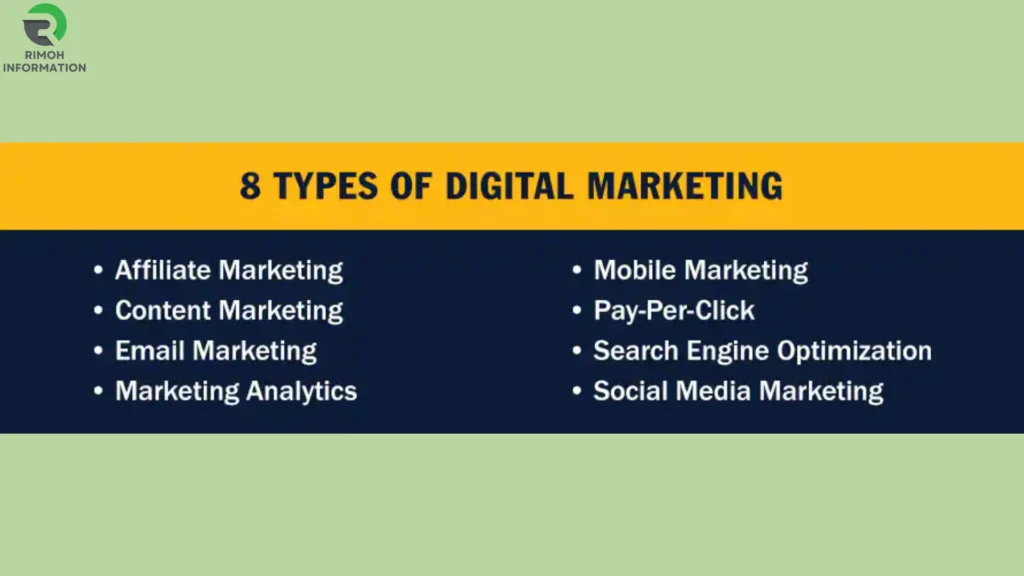
2. Search Engine Marketing (SEM) / Pay-Per-Click Advertising (PPC)
SEM involves paid advertisements that appear on search engine results pages. Unlike SEO, SEM ads are paid for on a cost-per-click (CPC) basis, where advertisers bid on keywords relevant to their target audience. Google Ads (formerly AdWords) is a popular SEM platform that allows businesses to create and manage PPC campaigns effectively.
SEM involves paid advertisements that appear on search engine results pages. Key components include:
- Keyword Bidding: Advertisers bid on keywords relevant to their target audience.
- Ad Creation: Crafting compelling ads with targeted keywords and calls-to-action.
- Campaign Management: Monitoring performance metrics like click-through rate (CTR) and conversion rate.
SEM allows businesses to drive immediate traffic to their websites and achieve specific marketing objectives through paid placements. Types of digital marketing.
3. Social Media Marketing (SMM)
SMM uses social media platforms like Facebook, Instagram, Twitter, LinkedIn, and TikTok to promote products and services. It involves creating and sharing content, engaging with followers, running paid ads, and analyzing performance metrics. Social media platforms provide powerful tools for targeting specific demographics and building brand awareness.
SMM utilizes social media platforms (e.g., Facebook, Instagram, Twitter) to engage with audiences and promote products/services. Strategies include:
- Content Creation: Developing engaging posts, videos, and images.
- Community Engagement: Responding to comments, messages, and mentions.
- Paid Advertising: Running targeted ads to reach specific demographics.
SMM enhances brand visibility, fosters customer loyalty, and facilitates direct interaction with consumers.
4. Content Marketing
Content marketing focuses on creating and distributing valuable, relevant, and consistent content to attract and retain a clearly defined audience. Content types include blog posts, articles, videos, infographics, podcasts, and more. The goal is to educate, entertain, or inform the audience while subtly promoting products or services. Content marketing helps establish authority, drive traffic, and nurture leads through the sales funnel.
Content marketing focuses on creating and distributing valuable, relevant content to attract and retain a clearly defined audience. This includes:
- Blog Posts and Articles: Providing informative and educational content.
- Infographics and Videos: Visual content to convey messages effectively.
- Ebooks and Guides: Offering in-depth resources to address audience needs.
Content marketing builds trust, establishes thought leadership, and drives organic traffic through quality content creation. Types of digital marketing.
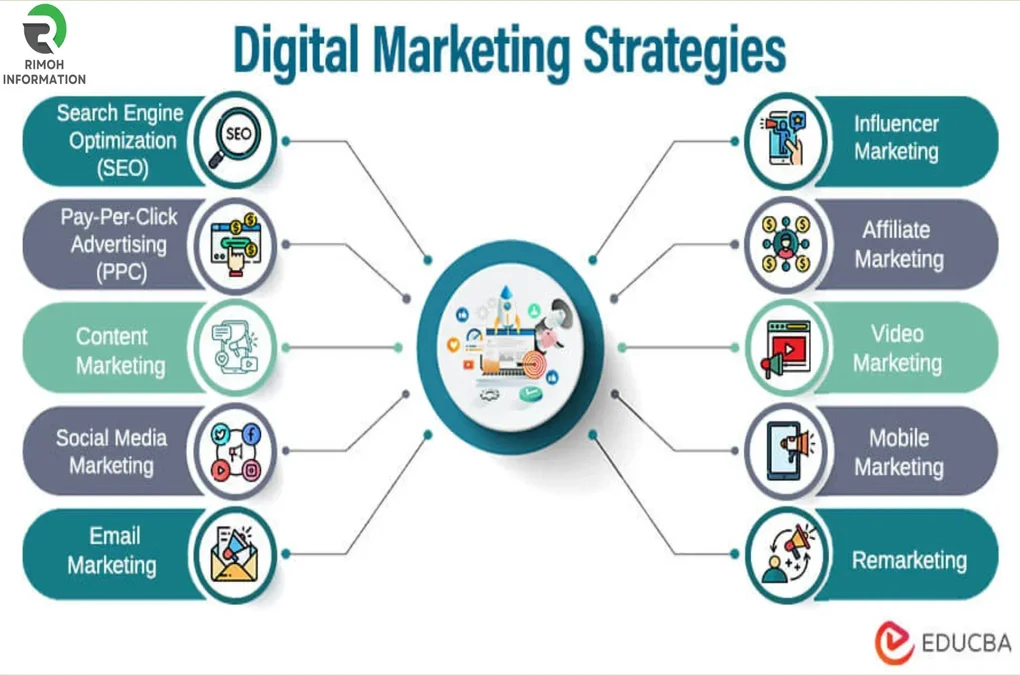
5. Email Marketing
Email marketing involves sending personalized messages to a targeted audience via email. It is used for communicating promotional offers, newsletters, product updates, and more. Effective email marketing requires building a quality email list, segmenting subscribers, crafting compelling content, and optimizing campaigns for higher open and click-through rates. Automation tools streamline the process of scheduling and tracking email campaigns.
Email marketing involves sending personalized messages to a targeted audience to promote products, offers, or updates. Elements include:
- List Building: Growing a subscriber base of interested prospects.
- Segmentation: Tailoring content based on subscriber interests and behaviors.
- Automation: Setting up automated email campaigns for nurturing leads and driving conversions.
Email marketing strengthens customer relationships, increases brand awareness, and generates repeat business through effective communication. Types of digital marketing.
6. Affiliate Marketing
Affiliate marketing is a performance-based strategy where businesses reward affiliates (publishers or influencers) for driving traffic or sales through their marketing efforts. Affiliates earn commissions for each referred customer or sale generated. It is commonly used in e-commerce and can be a cost-effective way to expand reach and increase sales without upfront marketing costs.
Affiliate marketing incentivizes affiliates (publishers or influencers) to promote products/services in exchange for a commission for each sale or lead generated. It involves:
- Affiliate Networks: Partnering with platforms that connect brands with relevant affiliates.
- Commission Structures: Negotiating terms and payouts based on performance.
- Tracking and Reporting: Monitoring affiliate activities and conversions accurately.
Affiliate marketing expands reach, drives targeted traffic, and facilitates cost-effective customer acquisition through strategic partnerships.
7. Influencer Marketing
Influencer marketing leverages influencers (individuals with a large and engaged following on social media) to promote products or services. Brands collaborate with influencers to reach their target audience authentically through sponsored content, reviews, endorsements, and collaborations. Influencer marketing can enhance brand credibility, increase brand awareness, and drive conversions among niche audiences.
Influencer marketing leverages influencers’ authority and reach to endorse products/services to their engaged audiences. Key aspects include:
- Identifying Influencers: Finding influencers whose audience aligns with your target market.
- Campaign Collaboration: Co-creating content that resonates with the influencer’s followers.
- Performance Evaluation: Measuring the impact of influencer campaigns through engagement metrics.
Influencer marketing builds brand credibility, enhances brand awareness, and drives purchase decisions among niche audiences.
8. Digital PR (Public Relations)
Digital PR focuses on gaining online visibility and building relationships with journalists, bloggers, and online influencers. It involves activities such as press releases, guest blogging, media outreach, and online reputation management. Digital PR aims to secure media coverage and backlinks from reputable sources, which can improve brand authority and SEO performance.
Digital PR focuses on securing media coverage and building online presence through:
- Press Releases: Distributing news and announcements to media outlets.
- Media Relations: Building relationships with journalists, bloggers, and industry influencers.
- Online Reputation Management: Monitoring and responding to brand mentions and reviews.
Digital PR enhances brand authority, improves search engine visibility, and manages online reputation effectively. Types of digital marketing.
Conclusion
Digital marketing offers diverse opportunities for businesses to connect with consumers, drive engagement, and achieve business objectives in the digital realm. By understanding and integrating various digital marketing strategies effectively, businesses can enhance their online presence, attract qualified leads, and ultimately drive revenue growth.
